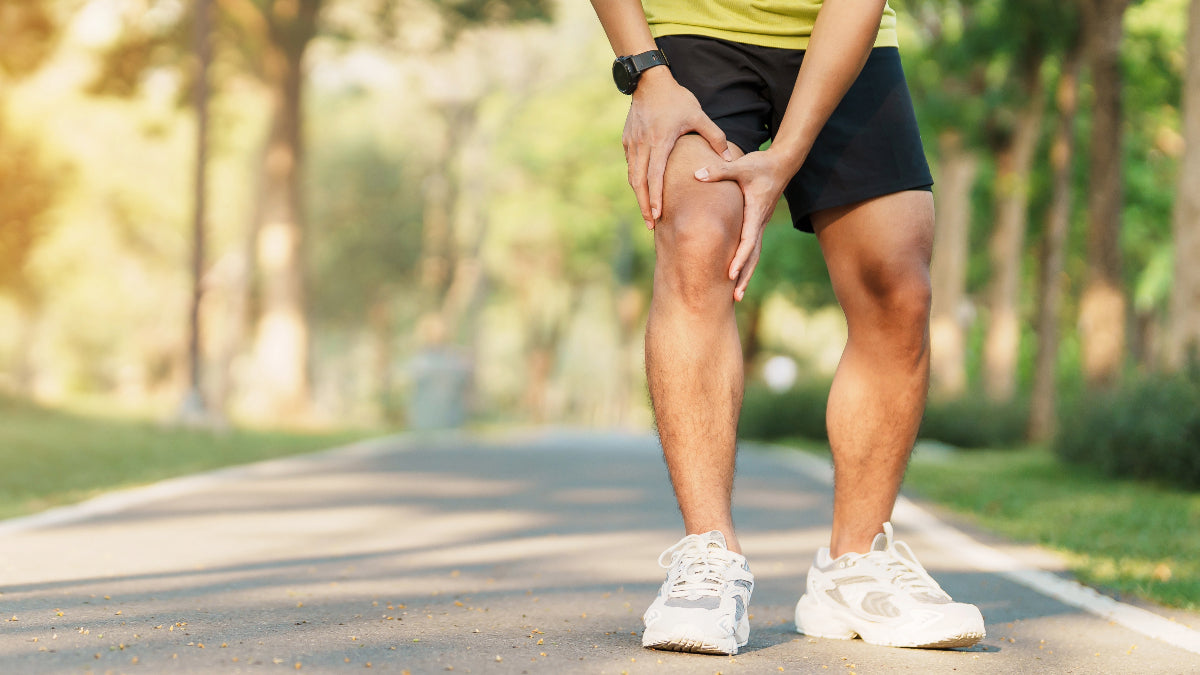Osteoarthritis is the most common joint disease worldwide. It causes more limitations and disabilities in older people than any other disease. Worldwide, between 10 and 15% of people are affected; in Germany, it affects around 20% of the population – equivalent to approximately 15.4 million affected people.
What is osteoarthritis?
In osteoarthritis, the joint cartilage is damaged; it cannot be repaired or regenerate itself. This causes the underlying bone to change and eventually become damaged. Osteoarthritis is relatively rare in young people under the age of 30, but with age, joints are increasingly affected by wear and tear. Theoretically, every joint in the body is at risk for osteoarthritis, but those subject to heavy wear and tear tend to wear out more frequently.
How does osteoarthritis manifest itself?
The first warning signs of osteoarthritis are morning pain, joint pain upon exertion, and swelling of the joints. Resting or not moving the affected joints is not advisable, as exercise is considered an integral part of osteoarthritis treatment. Experts have discovered that exercise stimulates cartilage metabolism and improves the nutrition and supply of the cartilage. It also inhibits the inflammatory process in the joint, thus slowing the overall progression of osteoarthritis. This can delay the need for an artificial joint. Exercise is now an integral part of osteoarthritis treatment.
What exercise is indicated for osteoarthritis?
It's important to keep your joints moving and thus more mobile. To achieve this, it's a good idea to incorporate sufficient exercise into your daily routine. This simply means taking the stairs instead of the elevator or a bike instead of a car. If you already exercise or want to start, it's worth making sure that your joints aren't put under excessive strain. Sports that carry a high risk of injury are not recommended. It's best to avoid abrupt changes of direction or impact. Above all, it's important that the sport suits you and is fun. This is the basic prerequisite for sticking with it in the long term.
The German Society for Sports Medicine and Prevention (DGSP) recommends these ten golden rules: [1]
- Consult your doctor before exercising.
- Start exercising with a sense of proportion: start slowly and increase gradually.
- Avoid overexertion during exercise.
- Plan sufficient recovery after exertion.
- Take a break from sports when you have a cold or illness.
- Prevent and heal injuries.
- Adapt sport to climate and environment.
- Pay attention to proper nutrition and fluid intake.
- Adapt exercise to age and medication.
- Sport should be fun.
These sports are considered to be gentle on the joints:
- Aqua jogging
- Fitness training
- Ride a bike
- To swim
- Nordic Walking
- Pilates
- rowing
- yoga
- Hike
- Water gymnastics
Ideally, 30 minutes of exercise per day in excess oxygen, the so-called aerobic zone, would be ideal. It's easy to determine whether you're in the aerobic zone: While walking or running, you can easily chat with a companion without getting short of breath.
Sources:
[1] https://www.dgsp.de/seite/375183/zehn-goldene-regeln.html


